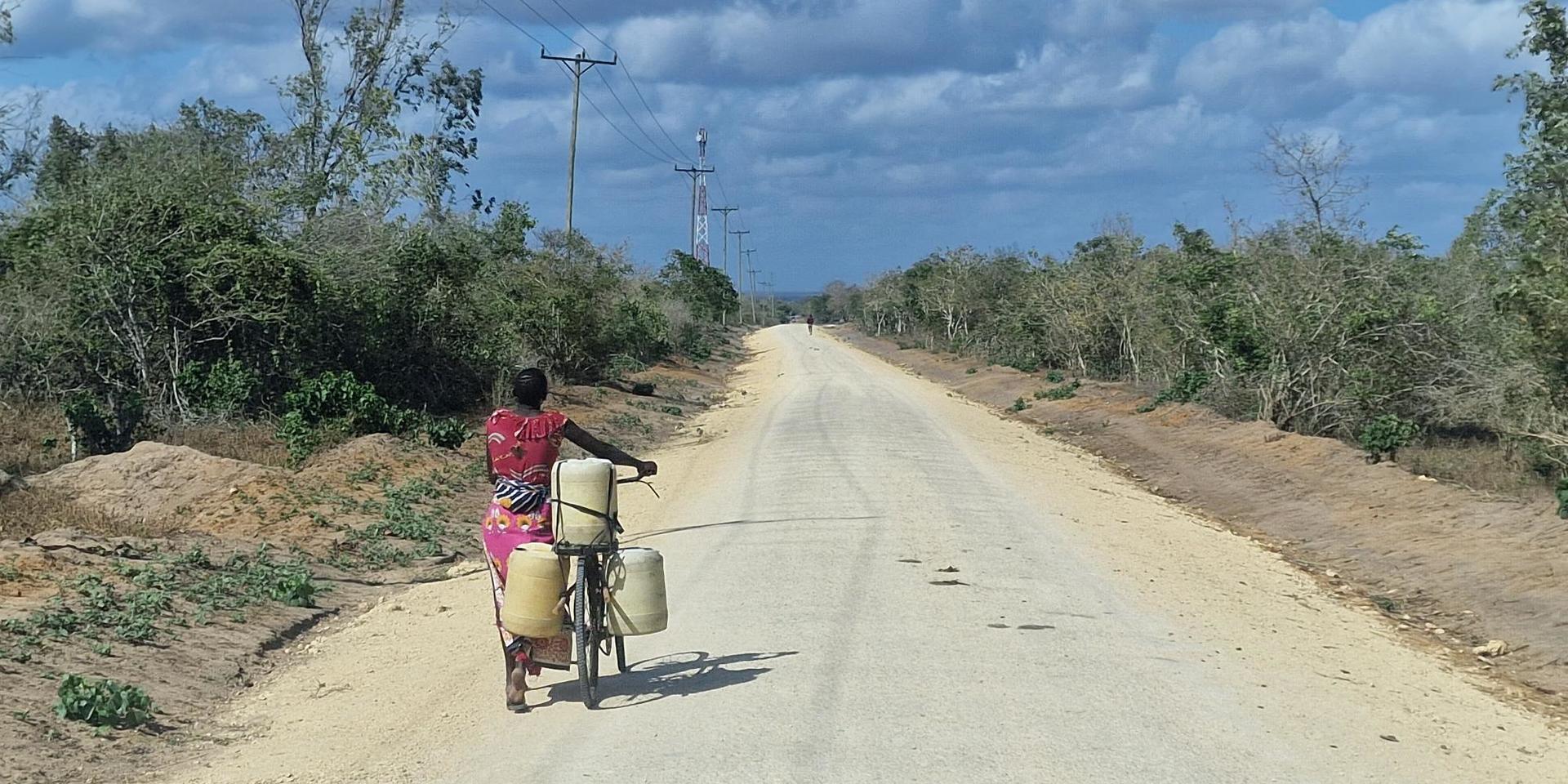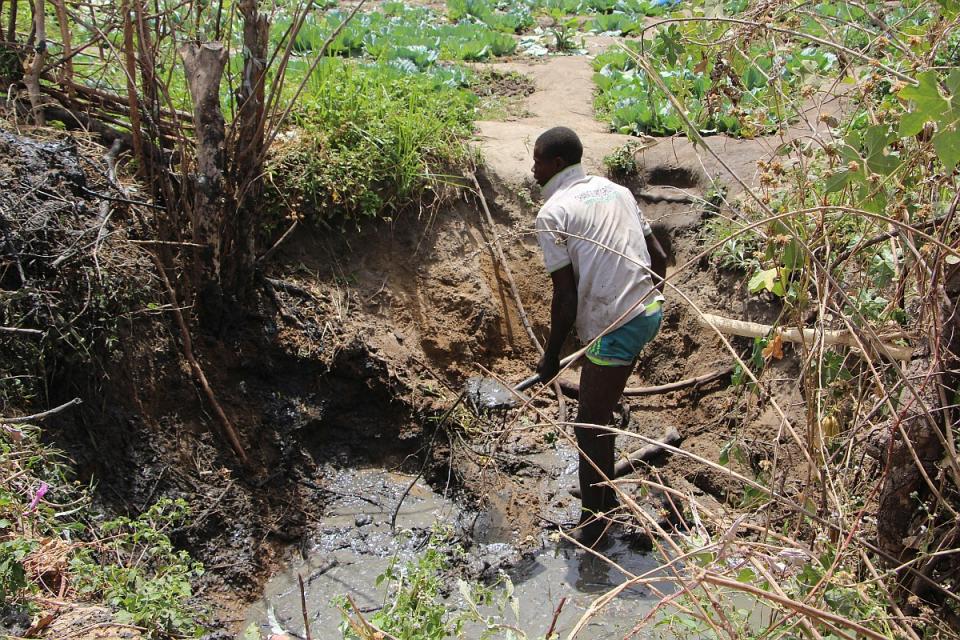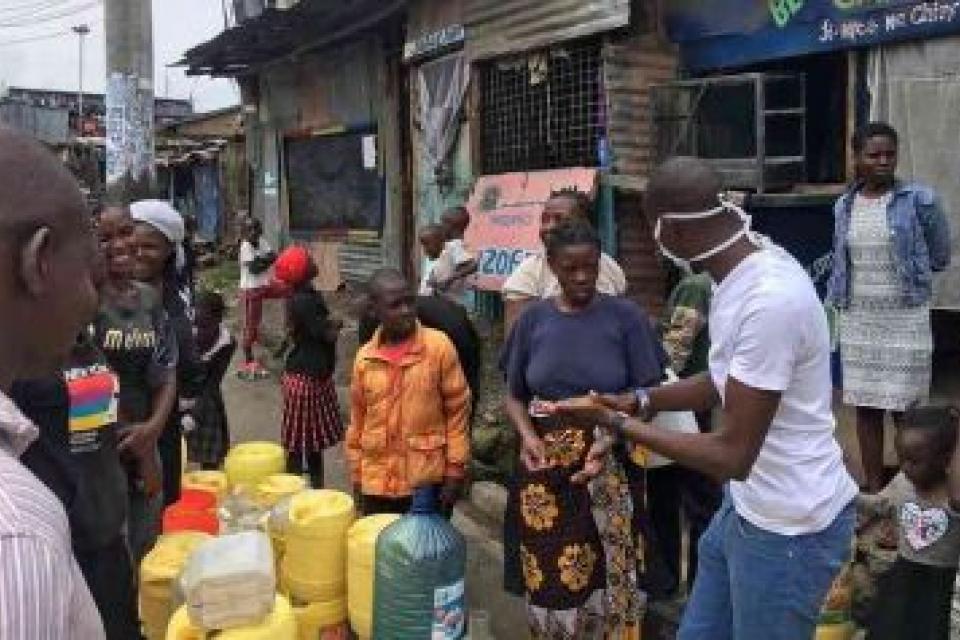Water scarcity forcing rural Kenyan women to devise coping mechanisms
 Photo by ABC
Photo by ABC
In the past few years, most women and youths in Kilifi County have struggled with access to water for diverse activities due to climate change, limited networks, and income. Thus, access to and use of water is often negotiated and shaped by intrahousehold dynamics and government institutions. While women tasked to provide water for their families create networks to sustain access to water and diversify water sources. men move out for better jobs, and youths take up commercial water provision roles.
Approximately 72% of Kenya’s 55 million people live in rural areas (World Bank, 2022a), and primarily depend on agriculture for their livelihoods. In Kilifi County, particularly Bomani and Kidzini North sub-counties, the land tenure system is complex. While women have a predominant role in subsistence agriculture due to the out-migration of men to urban areas, only five percent of the land is registered to women (NEMA, 2010). With increased urbanization and land sales, land parcels are shrinking, and farmers are increasingly pushed onto more marginal lands.

